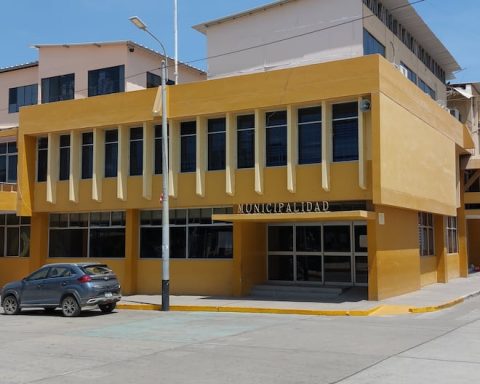The world population is growing at its slowest annual rate since 1950, below 1% in 2020. The birth rate It has decreased not only in Europe and the US for some years, but also in Latin America. In Peru it has decreased consecutively since 2012, according to RENIEC.
Consequently, even if its impact is long-term, there will be more consumers over 60 and fewer young buyers. Mauro Guillén, dean of the School of Business Administration at the University of Cambridge, said that by 2030 adults over 60 will be the most important market segment in most countries.
He specified that it will be a public with such purchasing power that it could reach 25% of total consumption. It is estimated that the proportion of the world population aged 65 and over will increase from 10% (2022) to 16% in 2050.
“Both the birth rate and the life expectancy will change the labor and educational markets. At the age of 40, people will realize that what they learned in their time will no longer be useful in the labor market, which would change -for example- the educational offer”, she added.
Currently, according to the World Health Organization, the world average life expectancy stands at 69.8 years for men and 74.2 for women. Regarding the female segment for consumption, Guillén noted that women have a different consumption behavior than men in the different phases of their lives and tend to invest more in essential services such as education, medical care and insurance, among others. In addition, your expenses consider other family members: children, parents and grandchildren. Their saving behavior, unlike the masculine, occurs at the beginning of the stages of life, in order to face future expenses.















